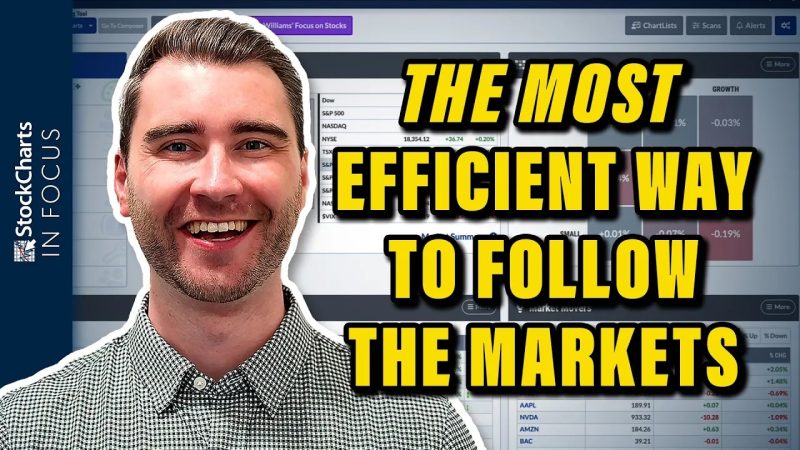When it comes to navigating the complex landscape of financial markets, having a well-organized and customized dashboard is key to efficient decision-making and successful trading strategies. Creating a tailored dashboard that presents the most relevant data and insights can save time, streamline processes, and ultimately lead to better investment outcomes.
First and foremost, customization is the cornerstone of an effective market dashboard. Rather than drowning in a sea of information, users can select and organize the specific data points and metrics that matter most to them. This can include real-time pricing information, performance metrics for individual assets and portfolios, news feeds, economic indicators, and more. By focusing on what is truly relevant, users can avoid information overload and make more informed decisions.
Furthermore, a customizable dashboard allows users to track and monitor multiple markets and asset classes simultaneously. This is particularly useful for investors with diversified portfolios or those seeking to take advantage of opportunities across different sectors or geographies. By consolidating all necessary data in one place, users can quickly assess market trends and spot correlations or divergences across different asset classes.
In addition to monitoring market data, an efficient dashboard should also provide tools for analysis and visualization. Charting tools, technical indicators, and customizable graphs can help users identify patterns, trends, and potential entry or exit points. By visualizing data in a clear and concise manner, users can quickly interpret information and make data-driven decisions.
Another key feature of a customized market dashboard is the ability to set alerts and notifications based on predefined criteria. Users can create alerts for price movements, volume spikes, news events, or specific technical signals. These alerts can help users stay informed in real-time and react promptly to changing market conditions.
Overall, customizing a market dashboard to suit individual preferences and trading styles is essential for navigating the complexities of financial markets. By focusing on relevant data, monitoring multiple markets, utilizing tools for analysis and visualization, and setting alerts for key events, users can stay informed, make informed decisions, and ultimately optimize their trading strategies for success.

